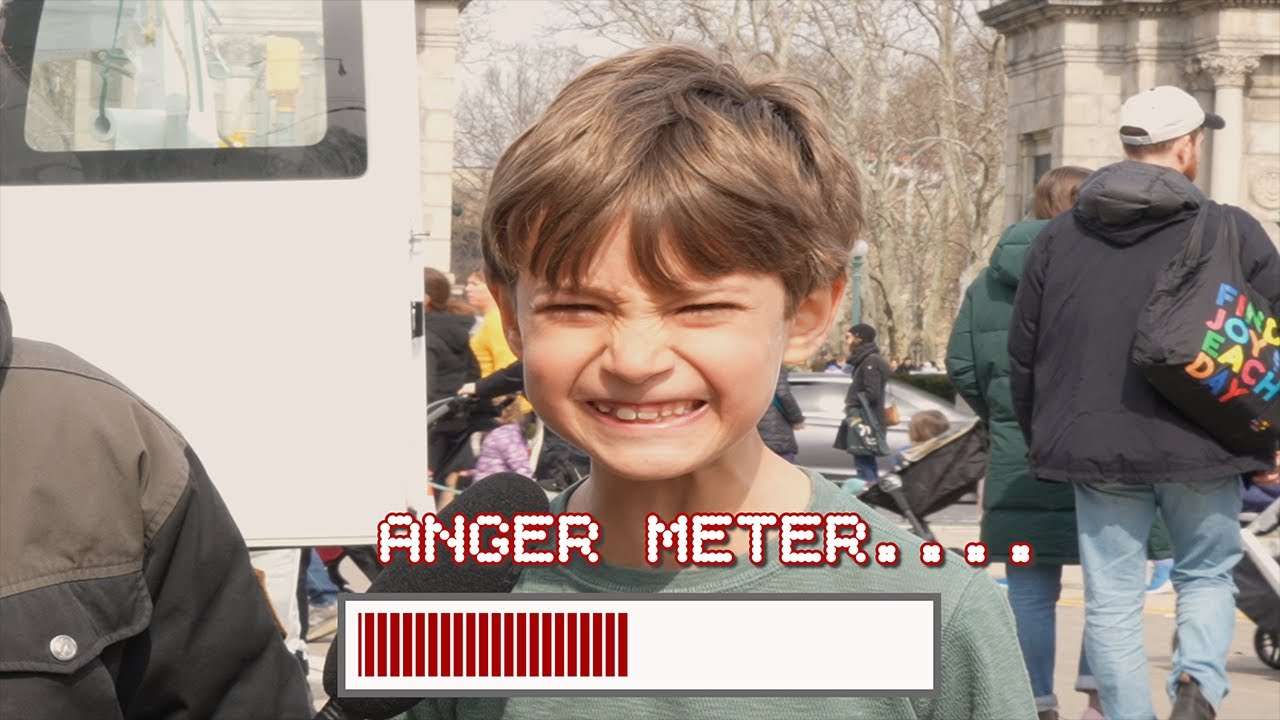Psychodynamic Approach to Addiction
The psychodynamic approach to addiction therapy looks at how past events, thoughts and circumstances shape a patient’s present behaviors. It is believed that these factors result in unconscious processes that cause a person to act in a particular manner.
For instance, a person who was abused in the past may exhibit behaviors that get in the way of healthy relationships, despite the individual’s expressed desire to form them. These unresolved conflicts and experiences might result in the need or desire to abuse alcohol or drugs. Learn about the stages of alcoholism.
The psychodynamic approach to addiction therapy is thought to be most effective as part of a comprehensive treatment program; it also may be more effective after a person has been sober for a period of time. Therapists who employ a psychodynamic approach to addiction treatment/therapy are specifically trained and possess significant knowledge of substance abuse, 12-Step programs and related topics. At Caron, we believe that the psychodynamic approach is a vital component of successful treatment.
For more information on the psychodynamic approach to addiction therapy, please view this comprehensive report.

Psychodynamic therapy, formerly known as psychoanalysis, is a Freudian-based method of psychology often utilized to treat substance use disorder. While the majority of psychotherapies used in addiction treatment are behavioral therapies, psychodynamic therapy focuses on the individual’s emotions.
The psychodynamic model exposes some of the deeper emotions that may have contributed to the development of a substance use disorder. Read on to learn more about this particular approach for substance use recovery.
What is addiction?
Before delving into the theory behind psychodynamic therapy, let’s first explore the definition of addiction. In the past, there was a misconception that addiction was caused by weakness of character or a lack of willpower. That concept has all but disappeared as scientific research continues to clarify what addiction actually is.
Addiction is now believed to be the neurological result of engaging in the use of psychoactive substances for the purpose of escaping emotional or physical discomfort. Individuals use substances to self-medicate or seek a variety of sensations.
Based on the interactions between the substance and the brain’s reward system, repeated substance use can create a psychological dependence, resulting in addiction.
Psychodynamic treatment for addiction recovery
Sigmund Freud developed the theory of psychoanalysis, which features a long-term type of psychotherapy.
Freud sought to understand what drives and influences human behaviors, and delved deeply into his patient’s early childhood experiences to discover the source of a person’s issues. The idea was that a person’s motives, feelings and decisions are driven by past experiences that are stored in the unconscious.
Over the last century, Freud’s psychoanalysis methods have evolved. They now incorporate other similar theories, such as those conceived by Carl Jung, Erik Erikson and others, to become what is now referred to as psychodynamic theory.
In addiction treatment settings, psychodynamic theory is applied to help guide the individual to examine past experiences that may have factored into the substance use disorder. By openly confronting these experiences — which may be painful, traumatic events from as far back as early childhood — the patient can process and eventually heal from the pain in a guided, therapeutic environment. Once this emotional healing has occurred, the underlying pain that may have fueled the substance abuse will subside, opening a clearer path to recovery.
Psychodynamic therapy and its effectiveness with other treatment approaches
Substance use disorder professionals understand that human beings are multi-faceted. Thoughts, feelings and behaviors are intertwined in active substance use, so all of these aspects need to be addressed during treatment in order to achieve long-term recovery.
While psychodynamic therapy is an appropriate treatment method, especially when the individual has a history of trauma or abuse, it is most effective when combined with cognitive-behavioral therapy and/or dialectical behavior therapy. These behavior-based methods provide the tools to assist the individual in making lasting changes in substance-seeking behaviors. See how these therapies can complement each other:
- Psychodynamic therapy: This therapy helps the individual become more aware of their unconscious thoughts, what past experiences drive those thoughts and the resulting feelings that have led to substance use.
- Cognitive-behavioral therapy (CBT): CBT helps the individual identify thought patterns that have led to maladaptive coping behaviors. CBT helps the individual break free from the disordered thought-behavior patterns.
- Dialectical behavior therapy (DBT): DBT equips the individual with coping tools, such as communication skills and ways to improve self-esteem to help them manage emotional or stressful events without returning to substance use.
Psychodynamic therapy can be a useful treatment method to help individuals better understand the emotional issues behind their behaviors. Combining psychodynamic therapy with behavioral therapies like CBT and DBT can provide a comprehensive multi-modal approach for the treatment of substance use disorders.
Ashley Addiction Treatment, formerly Father Martin’s Ashley, is a nationally recognized nonprofit leader in integrated, evidence-based treatment for substance use disorders. Our programs are accredited by The Joint Commission, and result in frequent publications of ongoing research into effective treatment methodologies. We offer holistic care that encompasses the mind, body and spirit through inpatient and outpatient treatment, provide drug detox, relapse prevention plans, family wellness programs and a variety of other services tailored to each patient’s unique needs. Our driving principle — “everything for recovery” — reinforces our mission to transform and save lives through the science of medicine, the art of therapy and the compassion of spirituality, and is complemented by our philosophy of healing with respect and dignity. For information about our comprehensive programs, please call (866) 313-6307.
Psychoanalysis is considered as a theory, a treatment, and a way of thinking about human motivation. A psychoanalytic perspective includes conscious and repressed, unconscious motives and desires. Psychoanalysis is traditionally conceived as an opportunity for a motivated person to reflect deeply about everything he or she is feeling and thinking without editing or censoring.
Freud developed the first systematic approach of how unconscious mental life exerts its influence on our view of the world. The so-called structural theory organizes the functions of the mind into three conflicting parts. 1: The ego (governed by the “reality principle”) 2: The superego (the conscience, a sometimes too rigid commitment to the rules of society) 3: The id (the desire for pleasure, sooner rather than later).
The id contains the reservoir of energy and is commonly referred to as the libido (sexual energy and aggressiveness). It seeks only immediate gratification and is totally “selfish,” operating according to the so-called “animal spirits.” Contemporary neuroscientists might locate the id in the amygdala, the ancient part of the brain involved in primitive emotional functioning.
The concept of the ego (one’s sense of “I”) is relatively compatible with contemporary knowledge of the prefrontal cortex which is in charge of self-control. The ego responds to id and superego impulses by modifying them as a way of managing conflict and danger. The superego emerges through the internalization of social values and norms.
For Freud, the goal of psychoanalysis was to strengthen the ego, and to give it more control over the id and more independence from the superego. He believed that most mental disorders (e.g., anxiety) were due to the effect of unrestrained feelings. Increased awareness through psychoanalysis can help the individual to become less self-punitive and be able to tolerate their emotional experiences. Psychological growth requires self-acceptance, which is a state of mind that marks the end of the life-consuming struggle to transform oneself (and others) into the person one wishes one were (or wishes they were). Becoming aware of unconscious motives helps the individual to increase the ability to manage and integrate unconscious wishes, and ultimately to achieve self-acceptance.
Freud argued that whenever desires or wishes from the id threaten to emerge in thought or action, anxiety is generated. The anxiety acts as a signal, causing the ego to mobilize repression, along with a broad range of other defenses (withdrawal, denial, projection), in order to block or disguise the anxiety-provoking wish.
The intensity of anxiety differs according to the gap between external demands (dangerous situations) and the person’s self-protective resources to handle them. Inability to deal with external events (traumas) could lead to feelings of helplessness and powerlessness. Lacking the capability to cope with negative states, patients will erect powerful, sometimes intransigent, defenses in a desperate effort to avoid feeling them. The person using a defense is generally trying to accomplish the management of anxiety and maintenance of self-esteem. For instance, alcoholics insist they have no drinking problem. Keeping the unacceptable feelings out of awareness result in the development of a “false self.” The price for this protection is inability to develop resilience.
Addiction is described as a defensive strategy to avoid feeling of helplessness or powerlessness. Drug abuse is a futile attempt to compensate for inner emptiness without success. The addict tries to compensate via addictive behavior for painful subjective states of low self-esteem, doubts, and anxiety. The use of drugs supplies a feeling of acceptance and temporary self-confidence. An addict substitutes an imaginary world, where he is in complete control, for the real world, where he feels useless and out of control. Repeated use of drugs to gain relief becomes a way of life. Relief is momentary, but in the long-term, drug use becomes an end in itself. The addiction problem prevents the user from understanding her distress, as well as the development of an emotional capacity to self-soothe.
The psychoanalytic view suggests addiction is basically a disorder of self-regulation. For instance, individuals with histories of exposure to adverse childhood environments (e.g., physical and sexual abuse) tend to have a diminished capacity to regulate negative emotions and cope effectively with stress. These individuals may be self-medicating anxiety and mood disorders.
It is instructive to note that many individuals experiment with drugs but few become addicted. The success of therapy and the lasting change require the patients come into contact with previously inaccessible aspects of their inner feelings. Helping patients increase the ability to engage in self-reflection and identify alternative ways to manage difficult emotions are part of the psychodynamic approach to addiction treatment.




